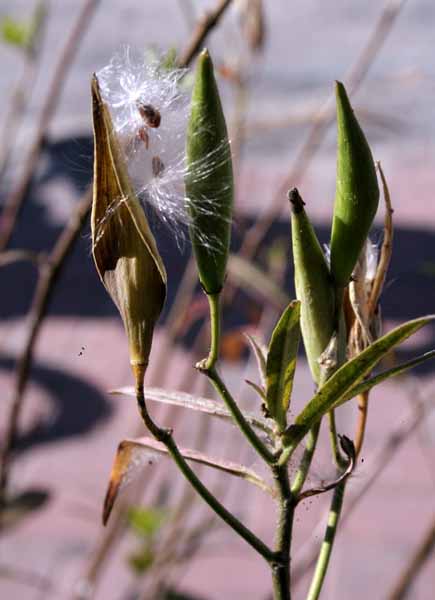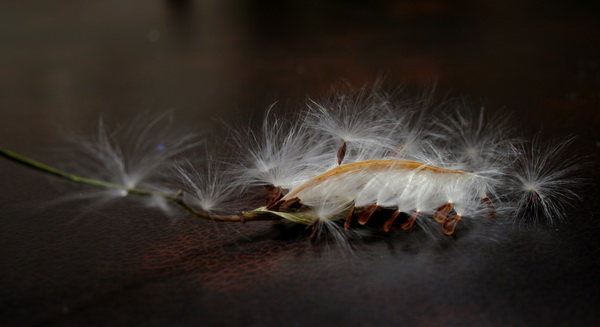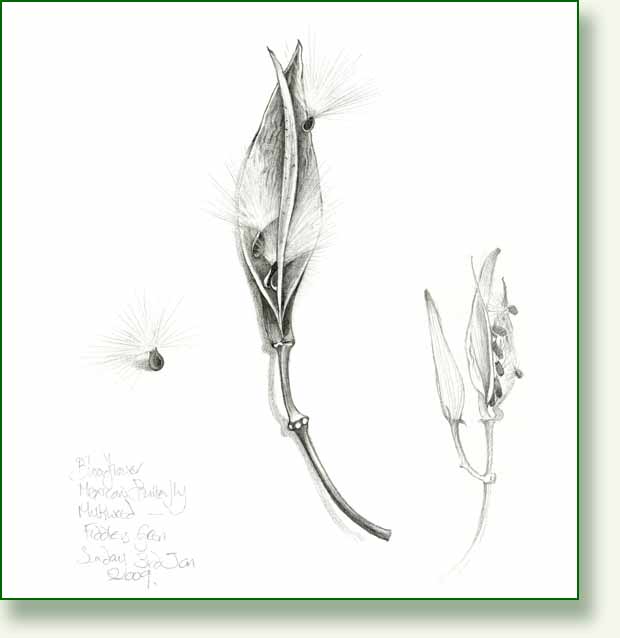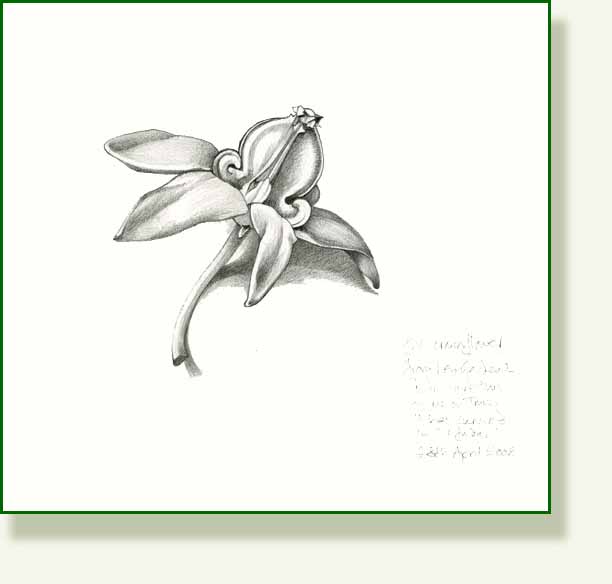One reason for the slight change of focus is that I have a small exhibition coming up in April (where else but at Leu Gardens) and although it will be mostly of the drawings and some of the blog posts too I need a few bigger pieces to give it some focus, here and there. So one plan is to make some larger paintings/drawing of some of my favourite leaves and also to make some extra studies of some of the most interesting plants. The theme of the exhibition is really my “diary” of a year of drawings from the Gardens, and I still have a couple of months to go before I have seen a full year there.
Planning an exhibition is a bit like developing a painting from sketches. There is an awful lot of culling to do and then yawning gaps to fill, to make it an interesting experience, even for those who are not completely fascinated by plants. There is no dedicated exhibition room at Leu just a hallway, and not too much space, so I will have to be choosy.
So which leaf will I decide to draw? and how big? and what medium? Oh.. the agonies of decision making..and I am spoilt for choice…
Meanwhile …… I found this seed pod yesterday. It just happened to be growing in a tub by the Irish bar we often visit, for an end of cycle reward, but this plant grows everywhere here including in the butterfly garden at Leu. I just had to draw it! It’s from the Blood-flower Asclepias curassavica , or Mexican Butterfly Weed, or Scarlet Milkweed, one of the milkweed family Asclepiadaceae which I have drawn before here.
The Milkweeds are really worth returning to again and again because they have played an important, if risky, part in folk medicine, food stuffs and are beneficial to insects. They form a large genus in the family Asclepiadaceae that contain over 140 known species. “Asclepias”, after the Greek god of healing, because of the many unreliable medicinal uses for the plants, and this particular plant’s species name “curassavica” refers to Curacao, where the first specimens were collected.
The reason the Butterfly Garden is full of them at Leu is that Milkweeds provide the only food source for Monarch butterfly caterpillars. It is another interesting case (as with the artistolochias) where, through eating a poisonous plant, the caterpillars themselves become toxic and unpalatable to birds. The flowers are also an important nectar source for bees, ants and humming birds too, and in the past were used as a source of sweetness by the Native Americans and early settlers.
The “milk” of milkweed is its milky sap, which contains alkaloids and can be irritant and toxic, but despite their general toxicity, the plants had many medicinal uses. One species Asclepias tuberosa was known in Europe as the “pleurisy root”, and was used to relieve bronchial and pulmonary trouble. Here is a short piece from the USA Department of agriculture relating to its use by the indigenous peoples here.
“Butterfly milkweed has many medicinal uses. The Omahas and Poncas ate the raw root of the butterfly milkweed for bronchial and pulmonary troubles. Butterfly milkweed root was also chewed and placed on wounds, or dried, pulverized, and blown into wounds. The Omaha tribe used butterfly milkweed medicine for rites belonging to the Shell Society. The Dakotas used the butterfly milkweed as an emetic. The Menominis considered the butterfly milkweed, which they called the “deceiver,” one of their most important medicines. “
(Hmm? Another possibly useful spell for my book …)
These delicate floating seeds are arranged so neatly and beautifully in their seed case but managed to spread themselves all over my room before I could draw them.
I also read that milkweed floss is coated with a waxy substance and has better insulation qualities than down feathers and that, amazingly, during World War 2, over 11 million pounds of milkweed floss were collected in the USA for various stuffing uses, as a substitute for kapok. I can’t conceive of how much volume even 1lb of these fluffy things would be, never mind 11 million.
At some time I must gather all these various bits of information together into one coherent post because the milkweeds, like many others, have such a fascinating story.
My drawing is of the pod and the few remaining seeds. I think my studio maybe carpeted with little milkweed plants later this spring which will make Ant happy.( yes.. he/she/it is still here!)
_____________________________________________















